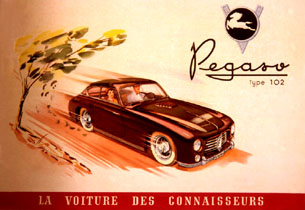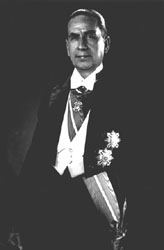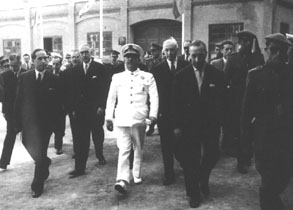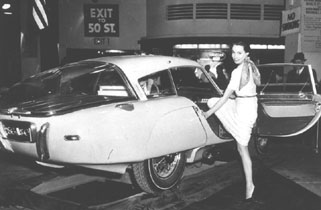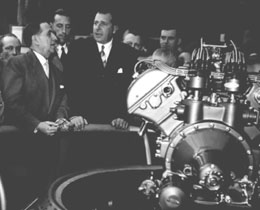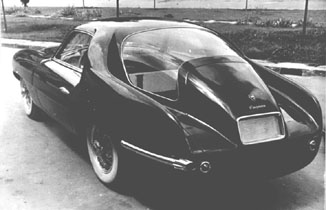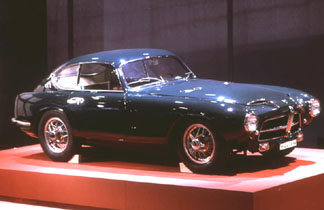| Memory of a Mirage - |
|
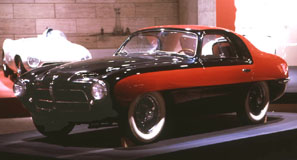
|
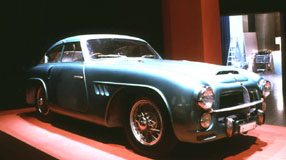
|
|
the PEGASO Sports and Competition cars of the Fifties
An exhibition at the Centre de Cultura Contemporània de Barcelona March 21st through June 4th, 2001 |
|
|
In the following years, Pegaso also participated in several international
competitions. The debut took place at the Monaco Grand Prix of 1952, but the two cars
entered were not suited for the streets of Monte Carlo and missed the qualification.
|
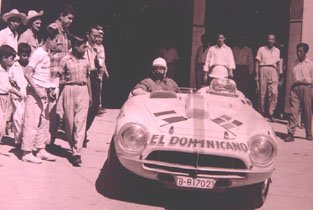
Pegaso Z-102 at the 1954 Carrera Panamericana 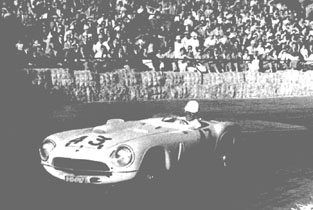
Pegaso Z-102 with driver Joaquin Palacios at the 1954 |
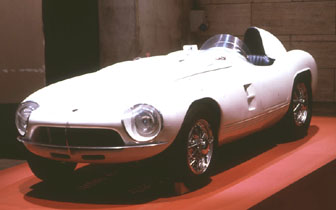
1954 Pegaso Spider Pedralbes |
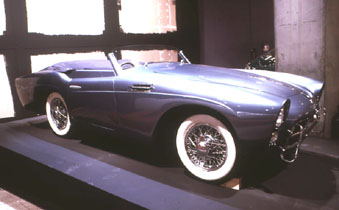
1953 Pegaso Cabriolet with a body by Saoutchik |
|
The exhibition will be from March 21st through June 4th 2001 at the Centre de Cultura Contemporània in Barcelona, Spain. | |
E-mail this page to a friend
Images provided by CCCB.
All Rights Reserved.
Disclaimer
